1. What is Software-as-a-Service (SaaS)?
AI-powered Software as a Service (SaaS) platforms are changing industries by improving efficiency and driving innovation.

About Software-as-a-Service (SaaS):
- SaaS is a cloud-based method of delivering software where users subscribe to access applications on the Internet rather than purchasing them outright.
- The software is located on external servers rather than on servers located in-house.
- SaaS vendors host services and applications for customers to access on-demand.
- These services are available to end-users over the internet, so the end-users do not need to install any software on their devices to access these services.
- Common SaaS examples include email, calendaring and cloud-based collaborative tools like Slack.
- This model operates similarly to streaming services, offering flexible, subscription-based access from any compatible device.
- By hosting the software in the cloud, SaaS provides a complete solution that enhances accessibility and convenience, allowing users to connect and use these apps on a pay-as-you-go basis.
- The SaaS model shifts the burden of maintaining and hosting the software to the SaaS provider.
- This shift results in substantial benefits, such as consistent maintenance, robust security, and guaranteeing that the software remains continuously accessible and current.
- This setup allows businesses to focus on their core activities without worrying about the technical complexities of software management.
2. What are Tropical Forests?
A new study has revealed that ozone pollution is significantly hindering the growth of tropical forests, leading to a loss of nearly 300 million tonnes of carbon each year.
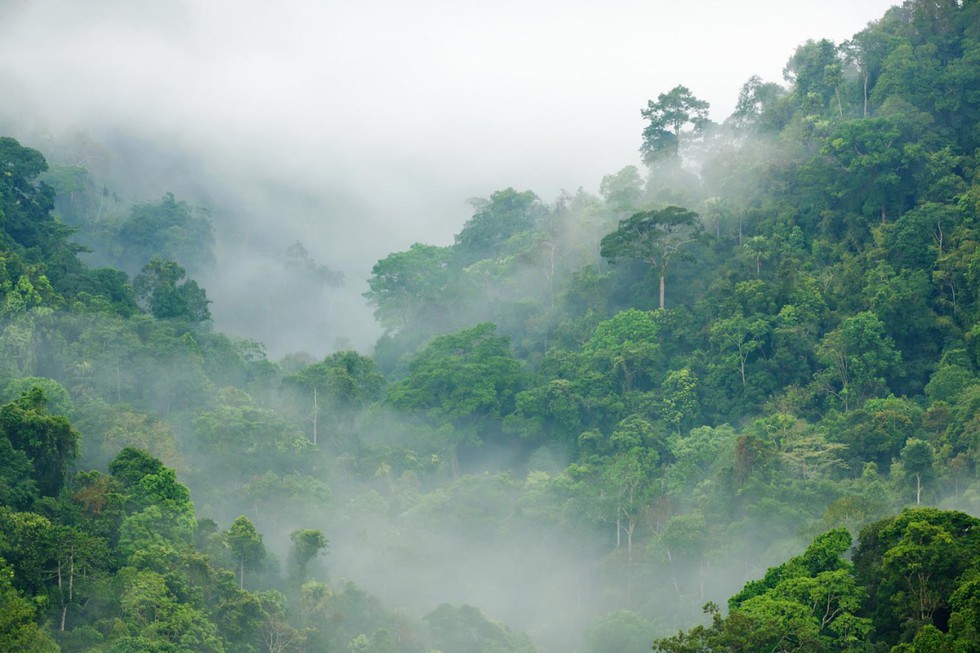
About Tropical Forests:
- Tropical forests are rich ecosystems located in tropical zones surrounding the equator.
- They make up six per cent of Earth’s land surface area.
- They have a dense upper canopy of broad-leafed trees.
- These forests are known for supporting a wide variety of plant and animal life and have nutrient-poor soils with rapid decomposition.
- More than 50 per cent of land-based plant and animal species on Earth can be found in tropical
- They encompass both tropical deciduous forests and tropical rainforests.
- Tropical rainforests occur in regions of the tropics where temperatures are always high and where rainfall exceeds about 1,800 to 2,500 mm (about 70 to 100 inches) annually and occurs fairly evenly throughout the year.
- Similar hot climates in which annual rainfall lies between about 800 and 1,800 mm and in which a pronounced season of low rainfall occurs typically support tropical deciduous forests.
- The nations with the most tropical forest area are Brazil, the Democratic Republic of the Congo, Indonesia, Peru and Columbia, in that order.
- Cameroon, the Central African Republic, Bolivia, Ecuador, Guyana, Gabon, the Republic of Congo, Malaysia, Laos, Myanmar, Papua New Guinea, India, Suriname, Venezuela, and Mexico also have vast areas of rainforest.
- Brazilis home to about a third of the planet’s remaining tropical rainforests, including two-thirds of the Amazon rainforest.
- Tropical forests play a critical part in the planet’s water cycle and are crucial carbon sinks, storing about a quarter of all terrestrial carbon on Earth.
3. What is Storm Shadow Missile?
The United Kingdom has reportedly given clearance for Ukraine to use Storm Shadow cruise missiles to target Russian territories.

About Storm Shadow Missile:
- It is a low-observable, long-range air-launched cruise missile.
- It is jointly developed by the United Kingdom and France.
- 'Storm Shadow' is the weapon's British name, while in France it is called the SCALP-EG.
- The missile is intended to strike high-value stationary assets such as airbases, radar installations, communications hubs, and port facilities.
- It is also in service with the air forces of Egypt, India, Italy, Greece, Saudi Arabia, Qatar and the United Arab Emirates (UAE).
- Features:
- It has a range of around 500 km.
- The missile weighs 1,300 kilos and is armed with conventional explosives.
- It is around five metres long and has a wingspan of three metres.
- The missile is launched from aircraft, flying close to the speed of sound while hugging the terrain before descending and detonating its high-explosive warhead.
- It makes use of inertial navigation, GPS, and terrain referencing to fly low, which stops it from being seen.
- The missile also makes use of an infrared camera to match up the target with a stored picture.
- Each missile costs around $1 million.
Source : Here's how ‘Storm Shadow’ missiles could boost Ukraine’s firepower in its war against Russia
4. Subarnarekha River
A large python was recently rescued from the Subarnarekha River at Jhargram in West Bengal, causing a stir in the area.
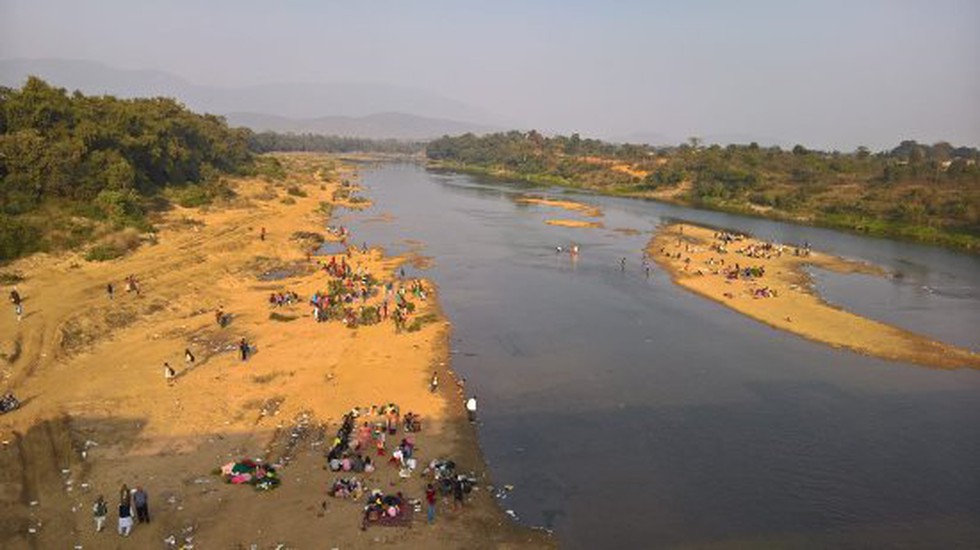
About Subarnarekha River:
- It is one of the longest east-flowing interstate rivers.
- ‘Subarnarekha’ means ‘Streak of Gold.’ The river is known as the storehouse of gold.
- It flows through the states of Jharkhand, West Bengal and Odisha.
- Course:
- Origin: It rises near Nagri village in the Ranchi District of Jharkhand at an elevation of 600 m.
- It flows east through a copper-mining region and leaves the Chota Nagpur plateau by the Hundru waterfall.
- Continuing eastward, it flows across West Bengal
- It runs through some major industrial towns and cities, i.e., Jamshedpur, Chaibasa, Ranchi and Bhadrak, before joining the Bay of Bengal at Kirtania port in Odisha.
- The basin is bounded on the northwest by the Chota Nagpur Plateau, in the southwest by the Brahmani Basin, in the south by the Burhabalanga Basin and in the southeast by the Bay of Bengal.
- The principal tributaries of the river are Kanchi, Kharkai and Karkari.
5. What are Tardigrades?
Detailed 3D images of the first tardigrade fossils ever discovered help scientists predict when tardigrades evolved their near-indestructibility, which helps them survive in extreme environments.
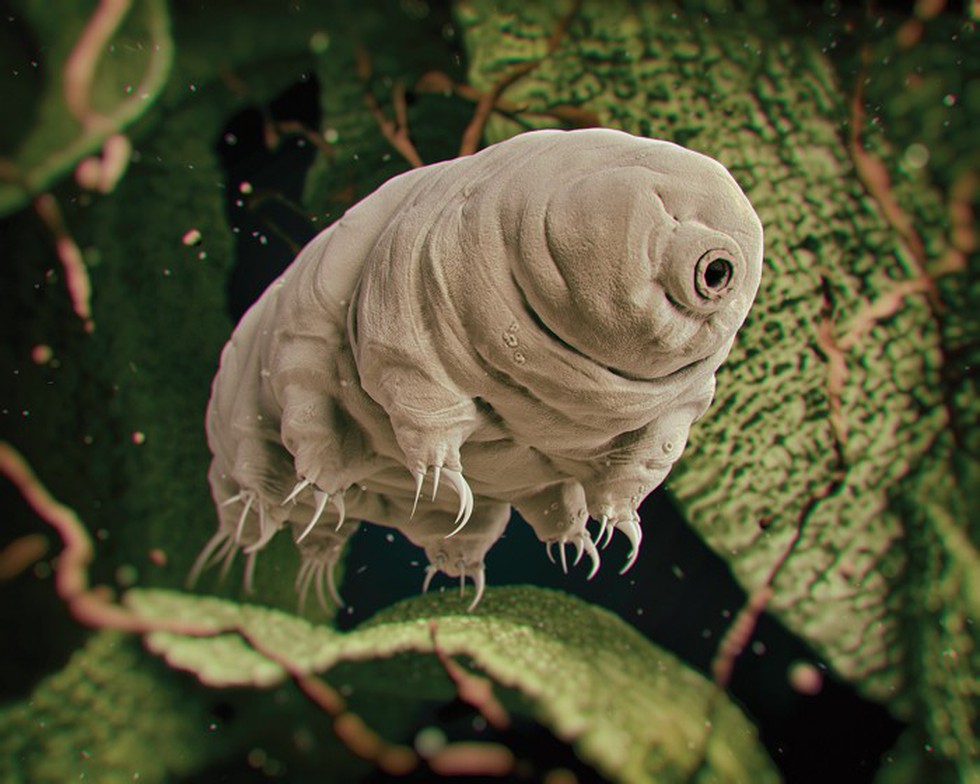
About Tardigrades:
- Tardigrades, often called water bears or moss piglets, are microscopic eight-legged animals.
- They are free-living tiny invertebratesbelonging to the phylum Tardigrada.
- Around 1,300 species of tardigrades are found worldwide.
- Habitat:
- Considered aquatic because they require a thin layer of water around their bodies to prevent dehydration, they’ve also been observed in all kinds of environments, from the deep sea to sand dunes.
- Freshwater mosses and lichens are their preferred habitat, hence their nickname, moss piglet.
- They belong to an elite category of animals known as extremophiles, or critters that can survive extreme environments.
-
- They can survive punishing heat, freezing cold, ultraviolet radiation and even outer space.
- Under unfavourable conditions, they go into a state of suspended animation called the “tun” state—in which the body dries out and appears as a lifeless ball (or tun).
- Tardigrades can survive as tuns for years or even decades.
- Physical Features:
- Tardigrades are short, plump, and covered in a tough cuticle (similar to that of grasshoppers and other insects) that they must shed to grow.
- Tardigrades are mostly about 1 mm (0.04 inch) or less in size.
- Their tiny bodies contain no bones and are instead supported by a hydrostatic skeleton – a fluid-filled compartment known as a hemolymph.
- They have four pairs of legs, with 4-6 claws on each foot.
- Their specialised mouthpart–called a buccopharyngeal apparatus–allows them to suck the nutrients out of plants and other microorganisms.
Source : 1st tardigrade fossils ever discovered hint at how they survived Earth's biggest mass extinction
6. Exercise AL NAJAH
Recently, the Indian Army contingent departed to participate in the 5th edition of Exercise AL NAJAH.
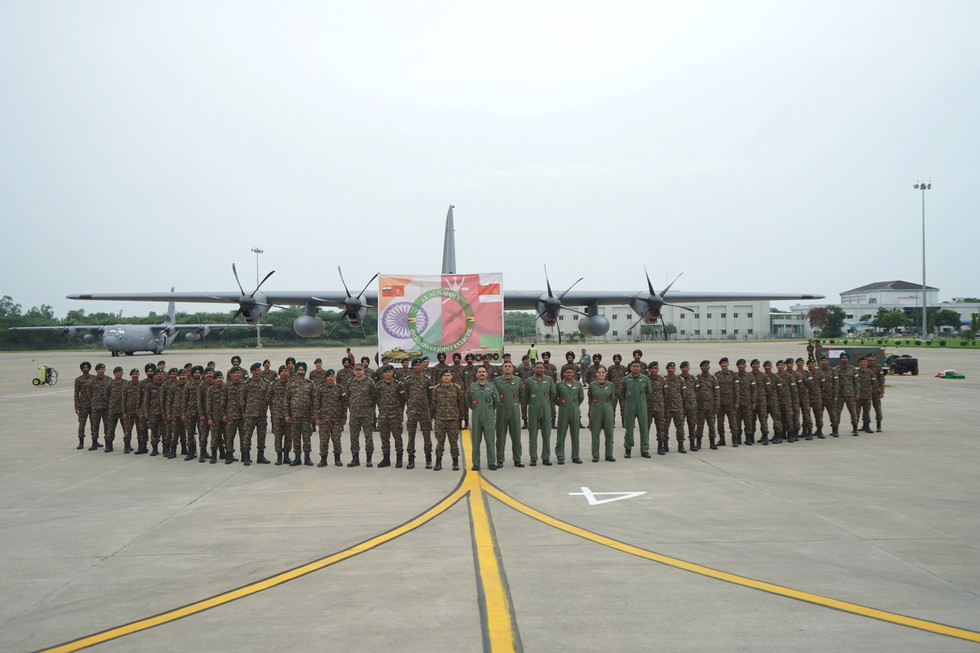
About Exercise AL NAJAH:
- It is a joint military exercise between India and Oman.
- The exercise is scheduled to be conducted from 13th to 26th September 2024 at Rabkoot Training Area in Salalah, Oman.
- Exercise AL NAJAH has been held biennially since 2015, alternating between India and Oman. Last edition of the same exercise was conducted at Mahajan in Rajasthan.
- The Indian Army contingent comprising 60 personnel is being represented by a Battalion of the Mechanised Infantry Regiment.
- Aim of the Joint Exercise is to enhance joint military capability of both sides to undertake counter-terrorism operations under Chapter VII of the United Nations Charter. The exercise will focus on operations in the Desert environment.
- Tactical drills to be rehearsed during the exercise include Joint Planning, Cordon and Search Operation, Fighting in Built Up Area, establishment of Mobile Vehicle Check Post, Counter Drone and Room Intervention, among others. Combined field training exercises that simulate real-world counter-terrorism missions have also been planned.
7. Saarthi App
Recently, Open Network for Digital Commerce (ONDC) launched Saarthi app in collaboration with Bhashini.

About Saarthi App:
- It is a reference application designed to assist businesses in creating their own customised buyer-side apps.
- It supports network participants in building buyer apps with multilingual features.
- The app initially supports Hindi, English, Marathi, Bangla and Tamil, with plans to scale up to all 22 languages provided by Bhashini.
- Features: It includes real-time translation, transliteration, and voice recognition allow businesses to expand market reach, enabling companies to tap into new regions and increase customer acquisition.
What is Bhashini?
- It is India's Artificial Intelligence (AI)-led language translation platform.
- It seeks to enable easy access to the internet and digital services in Indian languages, including voice-based access, and help the creation of content in Indian languages.
- It aims to make Artificial Intelligence and Natural Language Processing (NLP) resources available in the public domain to be used by -- Indian MSMEs, startups and individual innovators.
- This will help developers to offer all Indians easy access to the internet and digital services in their native languages.
- This online platform also has a separate ‘Bhasadaan’ section which allows individuals to contribute to multiple crowdsourcing initiatives and is also accessible via respective Android and iOS apps.
8. What are Salt Pan Lands?
The Union government recently approved the transfer of 256 acres of salt pan land in Mumbai to the Dharavi Redevelopment Project Pvt Ltd (DRPPL) which invited criticism from opposition leaders.
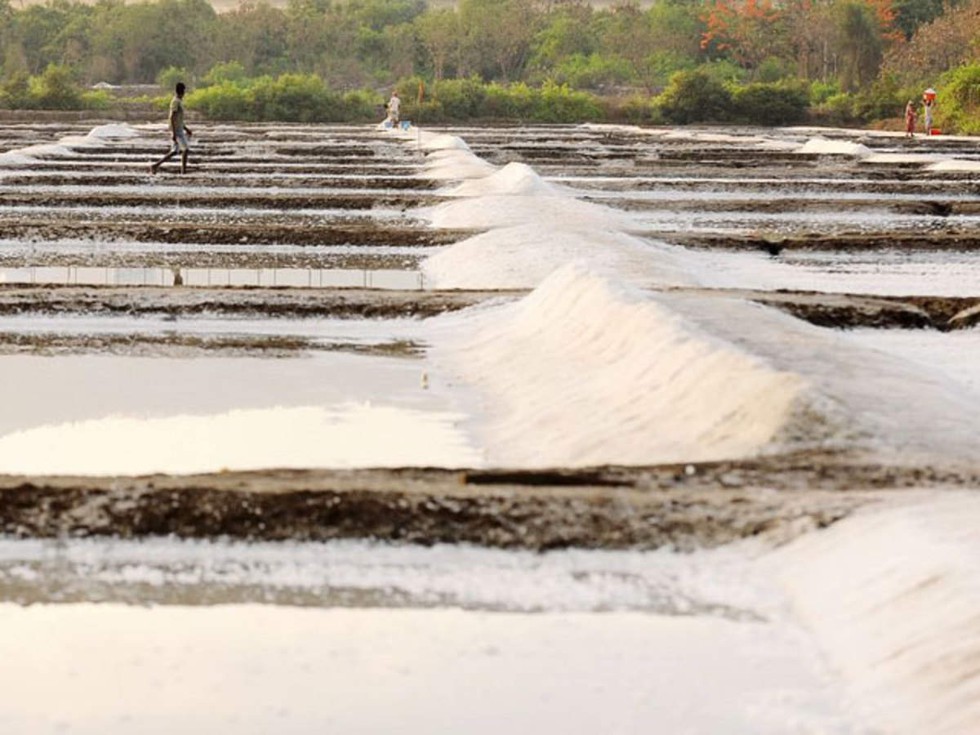
About Salt Pan lands:
- These are parcels of low-lying lands where seawater flows in at certain times and leaves behind salt and other minerals.
- This ecosystem is instrumental in protecting the city from flooding.
- According to the Coastal Regulation Zone (CRZ) notification of 2011, the ecologically sensitive salt pans fall under the CRZ-1B category, where no economic activity is allowed with the exception of salt extraction and natural gas exploration.
- Nationally, some 60,000 acres have been demarcated as salt pan lands, spread across Maharashtra, Andhra Pradesh, Tamil Nadu, Odisha, Gujarat and Karnataka.
- Andhra Pradesh (20,716 acres) boasts the largest expanse of such land, followed by Tamil Nadu (17,095 acres) and Maharashtra (12,662 acres).
- Ecological Significance: Salt pans, which, along with the mangroves, stop the city from flooding, also host various species of birds and insects.
What are Coastal Regulation Zones?
- The coastal land up to 500m from the High Tide Line (HTL) and a stage of 100m along banks of creeks, estuaries, backwaters and rivers subject to tidal fluctuations, is called the Coastal Regulation Zone.
9. Sakthan Thampuran
Recently, the Union Minister of State for Tourism pledged to replace a statue of Sakthan Thampuran that was knocked over by a state transport bus in June.
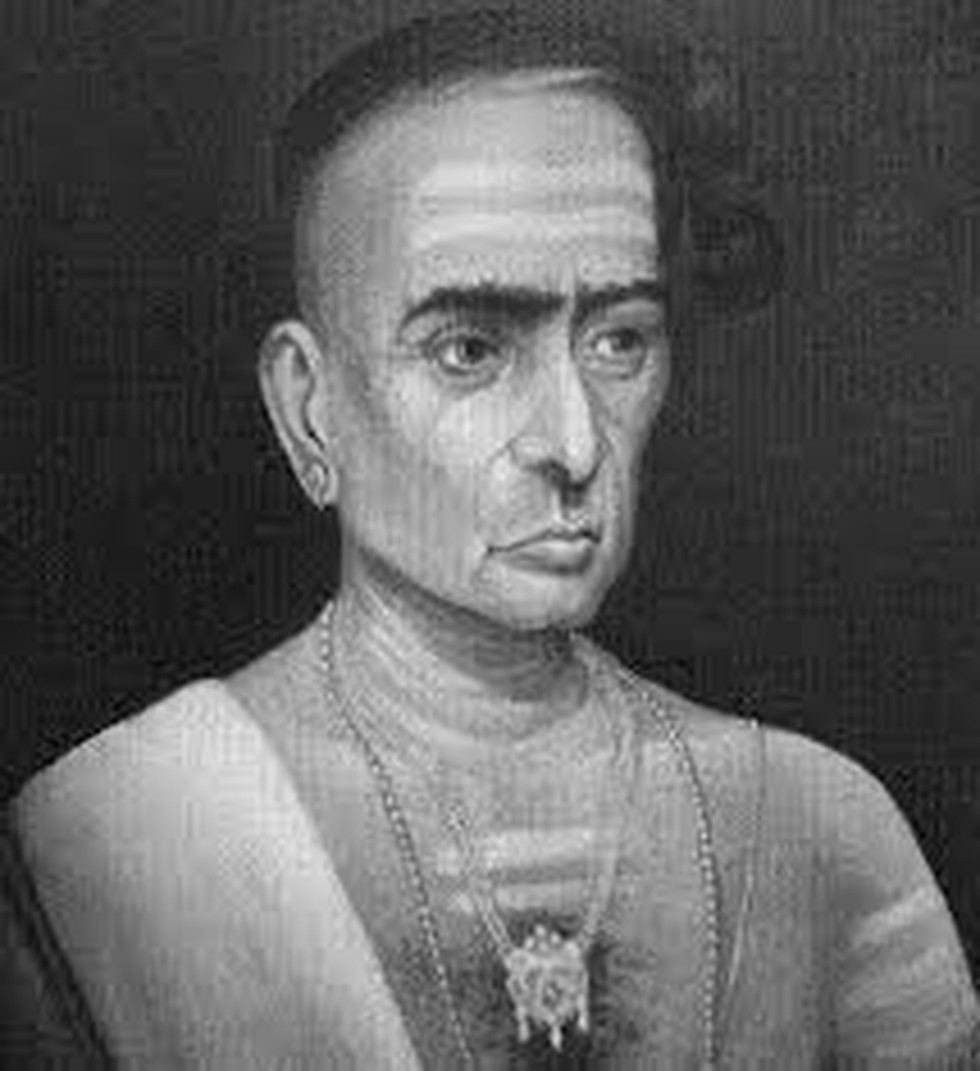
About Sakthan Thampuran:
- Sakthan Thampuran, also known as Raja Rama Varma Kunjipillai or Rama Varma IX, ruled over the Cochin kingdom from 1790 to 1805.
- He was born in 1751 to Ambika Thampuran and Chendose Aniyan Namboodiri of the Cochin royal family, but was raised by an aunt who called him Sakthan, meaning ‘powerful’.
- Strategist and ruler
- As an 18-year-old he advised his king to maintain friendly relations with both the Dutch and the English, who were vying for a larger share of trade in the region.
- Sakthan is said to have orchestrated Mysore’s attempt to invade the Travancore kingdom, which had established relations with the English East India Company.
- This would result in the Powney treaty which freed the Cochin kingdom from its allegiance to Mysore and helped formalise its relations with the British.
- He ended the institution of the Yogiatirippads — the erstwhile spiritual heads of key temples of that time.
- He started the Thrissur Pooram in 1797 as an alternative to the Arattupuzha Pooram, then the largest temple festival in the state.
Source : Who was Sakthan Thampuran, whose fallen statue in Thrissur Suresh Gopi wants to reconstruct
10. Lion-tailed Macaque
A Lion-Tailed Macaque (LTM) has given birth to a young macaque at the Chamundi Rescue and Rehabilitation Centre for the Wild Animals, at Koorgalli on the outskirts of Mysuru, Karnataka.

About Lion-tailed Macaque:
- The Lion-tailed macaque (Macaca silenus) is an Old World monkey.
- One of the distinguishing features of this species is that males define the boundaries of their home ranges by calls.
- Overall, their communication system contains as many as 17 vocalisations.
- Appearance
- They are characterised by the grey mane around their face.
- They are sometimes called bearded monkeys.
- The magnificent Lion-tailed macaque is named due to its lion-like, long, thin and tufted tail.
- Habitat
- In the wild, these are only native to India.
- It is a primate endemic to small and severely fragmented rainforests of the Western Ghats in Karnataka, Kerala and Tamil Nadu.
- Threat: The biggest threat to the overall population of this species is the destruction of their rainforest habitat.
- Conservation status
- IUCN:Endangered
- CITES:Appendix I
- The Wildlife (Protection) Act, 1972:Schedule I


























































































































































.png)
.png)
.png)
.png)
.png)


.png)
.png)
.png)





.png)
.png)






.png)
.png)
.png)
.png)
.png)
.png)
.png)
.png)
.png)

.png)







.png)
.png)


.png)
.png)
.png)


.png)

.png)
.png)





.jpg)

.png)
.png)


.png)

.png)
.png)
.png)

.jpg)

.jpg)


.png)

.png)
.png)
.png)
.png)
.png)
.png)
.png)
.png)
.png)
.png)




.png)

.png)





.png)
.png)
.png)
.png)
.png)
.png)
.png)
.png)
.png)
.png)
.jpg)
.jpg)

.png)
.png)
.png)
.png)
.png)
.png)
.png)
.png)
.png)
.png)
.png)
.png)
.png)
.png)
.png)
.png)
.png)
.png)
.png)
.png)
.png)
.png)



.png)
.png)

.jpg)
.jpg)


.jpg)
.jpg)
.jpg)
.jpg)
.jpg)

.jpg)








.jpg)
.jpg)
.jpg)
.jpg)
.jpg)

















.jpg)
.jpg)







.jpg)


















.jpg)
.jpg)






























































































.jpg)
.jpg)


























.jpg)

.jpg)










.jpg)








.jpg)




.jpg)










.jpg)


















.jpg)












































.jpg)














.jpg)
.jpg)
.jpg)





.jpg)

.jpg)
.jpg)





































































.jpg)


































.jpg)
.jpg)
















































.jpg)












.jpg)


.jpg)




.jpg)
.jpg)
.jpg)

.jpg)
.jpg)
.jpg)
.jpg)

.jpg)
.jpg)
.jpg)

.jpg)
.jpg)
.jpg)
.jpg)
.jpg)
.jpg)
.jpg)
.jpg)

.jpg)


.jpg)
.jpg)
.jpg)
.jpg)
.jpg)
.jpg)
.jpg)
.jpg)
.jpg)
.jpg)











.jpg)
.jpg)





.jpg)
.jpg)
.jpg)
























.jpg)
























.jpg)









.jpg)
.jpg)







.jpg)
.jpg)









































.jpg)
.jpg)
.jpg)
.jpg)
.jpg)

.jpg)
.jpg)
.jpg)
.jpg)
.jpg)


.jpg)
.jpg)
.jpg)
.jpg)
.jpg)

.jpg)
.jpg)
.jpg)
.jpg)
.jpg)
.jpg)
.jpg)
.jpg)
.jpg)
.jpg)
.png)

.png)
.png)

.png)
.png)
.png)
.png)


.jpg)
.jpg)

.jpg)
.jpg)
.jpg)

.png)
.png)
.png)
.png)
.png)
.png)
.png)

.png)
.png)
.png)
.png)
.png)
.png)
.png)
.png)
.png)
.png)





































































-min.png)



.png)




.png)








































